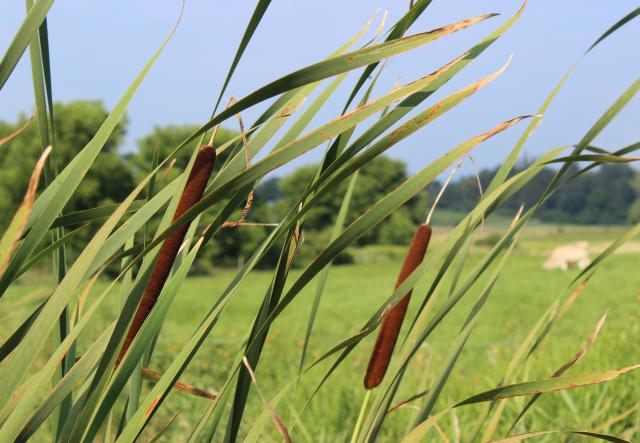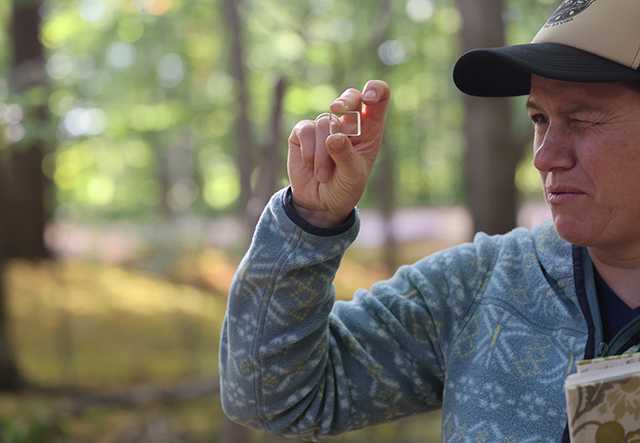What a Watershed Can Teach Us
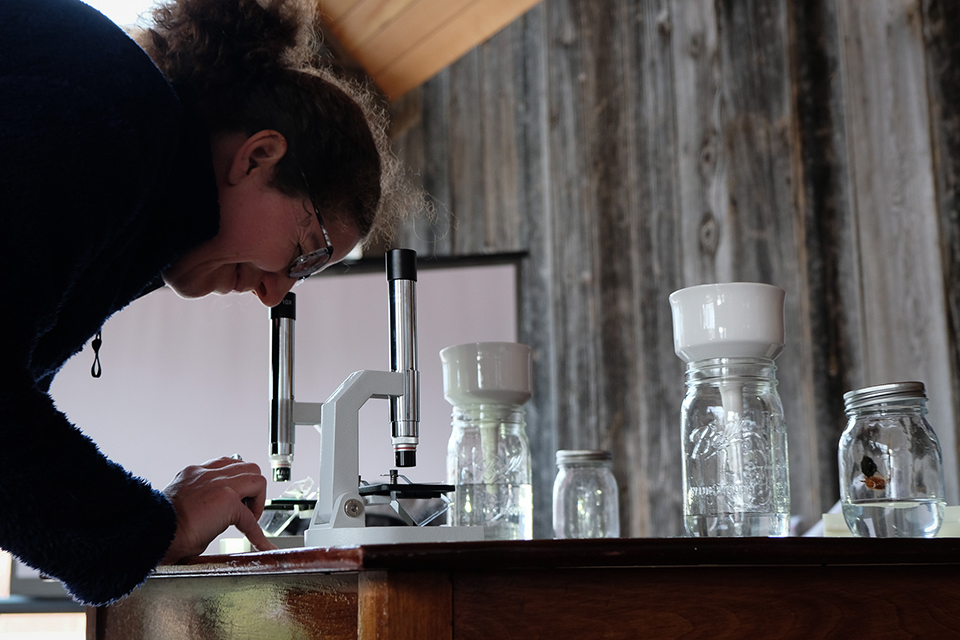
Vermont’s White River might not be the first place you’d expect to find a group of snorkelers. But on a warm fall day, students in Alyssa Castellini’s fifth grade class donned masks and wetsuits and entered these blue-green waters for a closer look at the river’s residents. There, they discovered fish like slimy sculpin and macroinvertebrates like young mayfly larvae. Together, these and other species tell a story about the health of the White River, which flows just across the street from Bethel Elementary School.
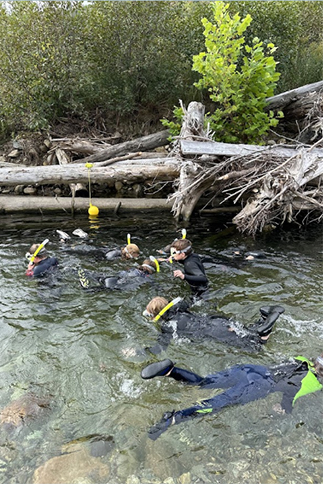 Castellini’s fifth graders studied the river for the entire year, exploring questions around flooding and water quality. Along the way, Castellini received support and inspiration from A Watershed for Every Classroom, a professional learning program presented by the Champlain Basin Education Initiative group, which includes Shelburne Farms.
Castellini’s fifth graders studied the river for the entire year, exploring questions around flooding and water quality. Along the way, Castellini received support and inspiration from A Watershed for Every Classroom, a professional learning program presented by the Champlain Basin Education Initiative group, which includes Shelburne Farms.
A Watershed for Every Classroom’s partner organizations each bring education expertise to the table, facilitating learning experiences for teachers from the Lake Champlain Basin of Vermont, New York, and Quebec. These teachers, in turn, bring water to life for students, supporting their understanding of, and care for, the planet.
Here are stories from Castellini and two more educators who participated in this year’s Watershed for Every Classroom program.
Alyssa Castellini, Fifth Grade Teacher
Bethel Elementary School, Vermont
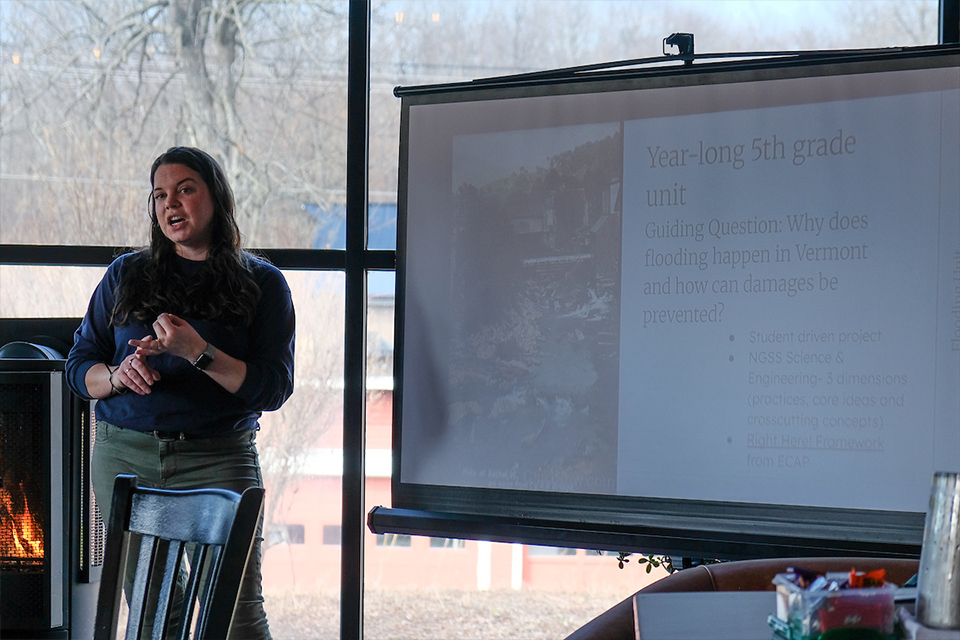
“Students came up with our big question for the year: ‘Why does flooding happen in Vermont, and how can damages be prevented?’” explains Castellini. It’s a particularly relevant question for Bethel, which sits at the junction of two branches of the White River. Students researched local flooding events from the 1920s to today and came up with a shared definition of flooding—plus lots more questions, like, “Why are there differences in flooding around the state?”
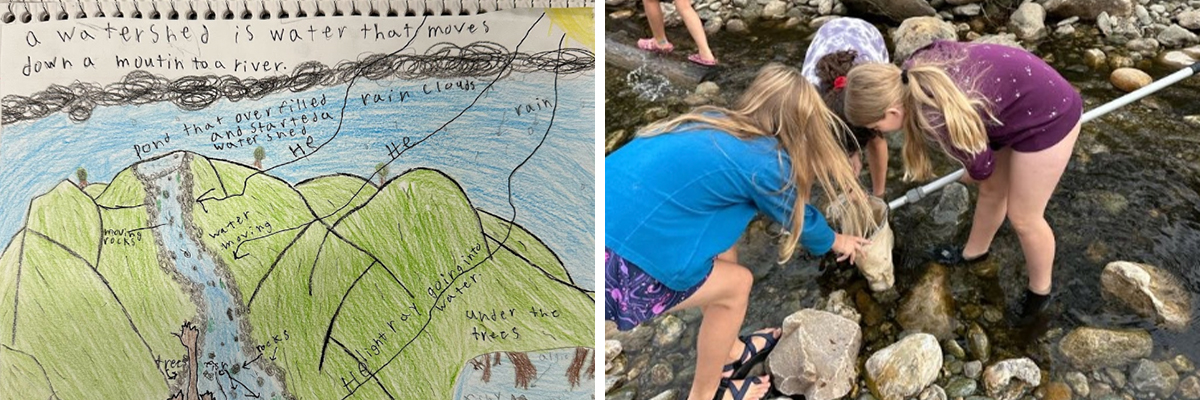
By snorkeling in the White River thanks to the White River Partnership, “The kids really got what a watershed is. They saw the places where water flows downhill into the river, and how water and land are connected,” says Castellini. Students observed how reinforcing riverbanks can help prevent erosion; how rocks can move and landscapes can be changed by floods; and how the presence of certain species of fish and macroinvertebrates can indicate a body of water’s health. Fifth graders then researched ways communities can become more resilient to withstand damages. The unit will culminate in a watershed design challenge, in which students work together to apply what they’ve learned and build a more flood-resilient model town—perhaps the Bethel of tomorrow.
Megan Jolly, Science Teacher
Peoples Academy Middle Level, Vermont
Teacher Megan Jolly was inspired by the words of educators from Hawai’i who visited A Watershed for Every Classroom this summer: “Water is life. Life is water.” The driving idea behind her science classes this year was to help students appreciate water’s essential role on the planet. Seventh graders learned about the Lake Champlain watershed—including its uses and invasive species—then were challenged to study another watershed somewhere in the world, outlining similarities and differences. “I wanted kids to discover other places throughout the world, to glimpse these unique bodies of water and how people are affected by them, and to get immersed in their own watershed questions,” says Jolly.
Lately, students have turned to studying water—and its pollutants—much closer to home. “We’re focused on learning about natural versus synthetic materials. Students are doing audits around our school to gather information about how much plastic is in our environment, how plastic ends up in our waterways, and how these materials impact life,” explains Jolly. “Watershed for Every Classroom has helped me understand how water connects all of us while sharing this beautiful planet. In Lake Champlain, I now see the interconnectedness of this entire region.”
Cynthia Fortin, Science Teacher
Northfield Middle High School, Vermont
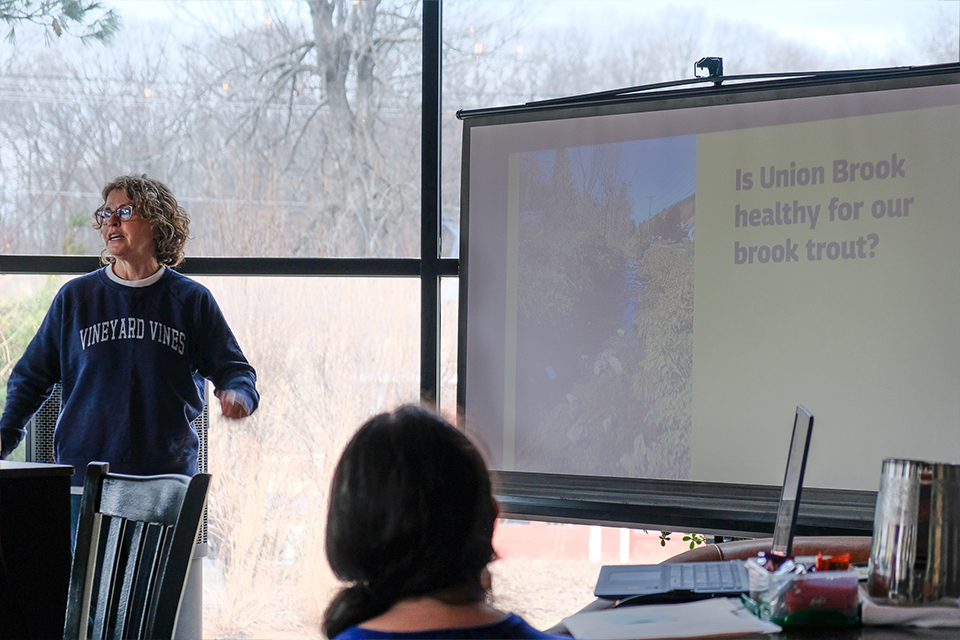
Take a short walk down the hill behind Northfield’s middle school and you’ll find Union Brook, which starts high in the mountains and ends at the Dog River in downtown Northfield. Cynthia Fortin’s science classes have been studying the brook for years, but this year, she approached the unit by asking her seventh graders to answer a more specific question: How does our health mirror the health of our surrounding natural communities, including Union Brook?
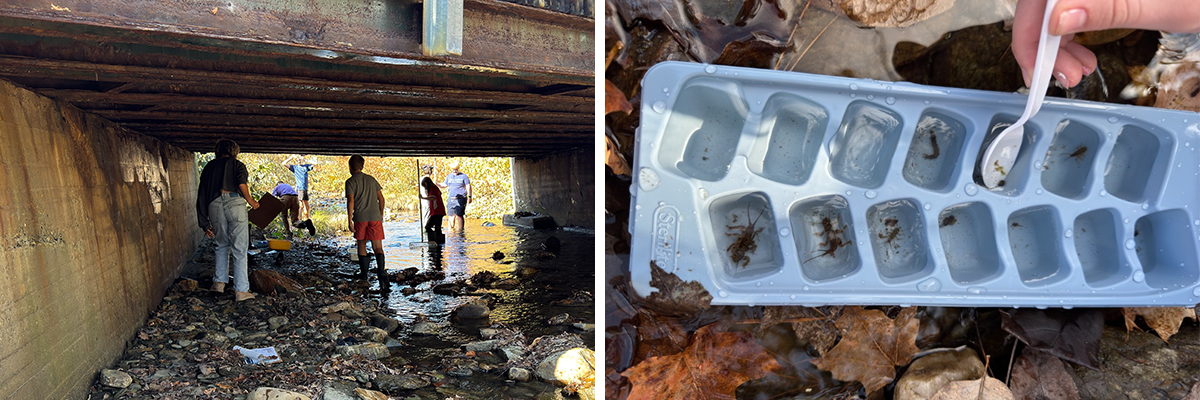
“I teach science obviously, but I had an ‘a-ha moment’ this year, that I needed to incorporate not just the ‘head’ part of teaching about our waters but also the heart and hands,” says Fortin. Fortin’s students got hands-on with the brook in all different seasons, and were asked to explore “how we as humans are connected to the water and river system,” she says. To determine if the brook is healthy, students tested the waters, evaluating its chemical and physical properties. They also collected data on the brook’s macroinvertebrates and plants, other indicators of health. “The whole point was to have the kids connect to the water, and to become experts,” says Fortin. “I’ve always done a river unit, but I feel like I do it so much better now.”
Join our educator mailing list to hear about the next offering of A Watershed for Every Classroom and other professional learning opportunities.
A Watershed for Every Classroom is presented by the Champlain Basin Education Initiative, a community of organizations engaged in watershed education.


